Our Stories
Recent Articles
History & Discoveries
Jefferson Finds Capitol Inspiration in City of Light
Thomas Jefferson, inspired by skylights he saw in Paris, prevailed upon the Architect of the Capitol to include something similar in the U.S. Capitol's new chamber for the House of Representatives. However, all the skylights came to an untimely end.
History & Discoveries
Evolution of Women in Art at the U.S. Capitol
An in-depth look at the evolution of women in art at the U.S. Capitol.
History & Discoveries
Capitol Illumination
Learn more about the history of lighting this iconic building including the part of the Dome called the "tholos."
History & Discoveries
Artfully Yours, George Washington
While George Washington never actually graced the halls of the U.S. Capitol, his presence, influence and even his likeness, is everywhere including 35 pieces of art.
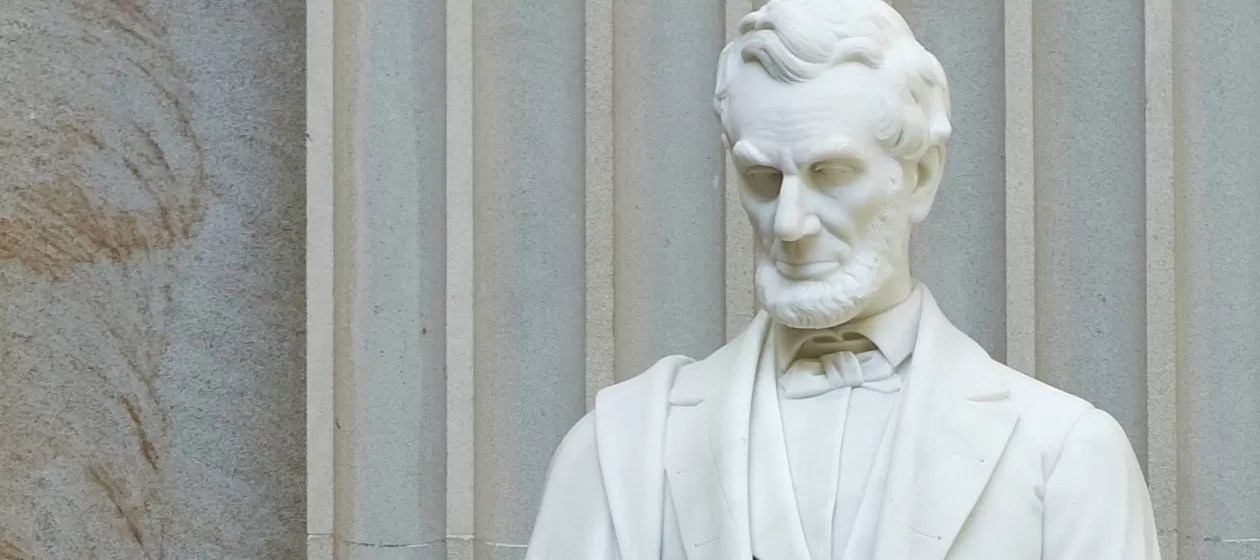
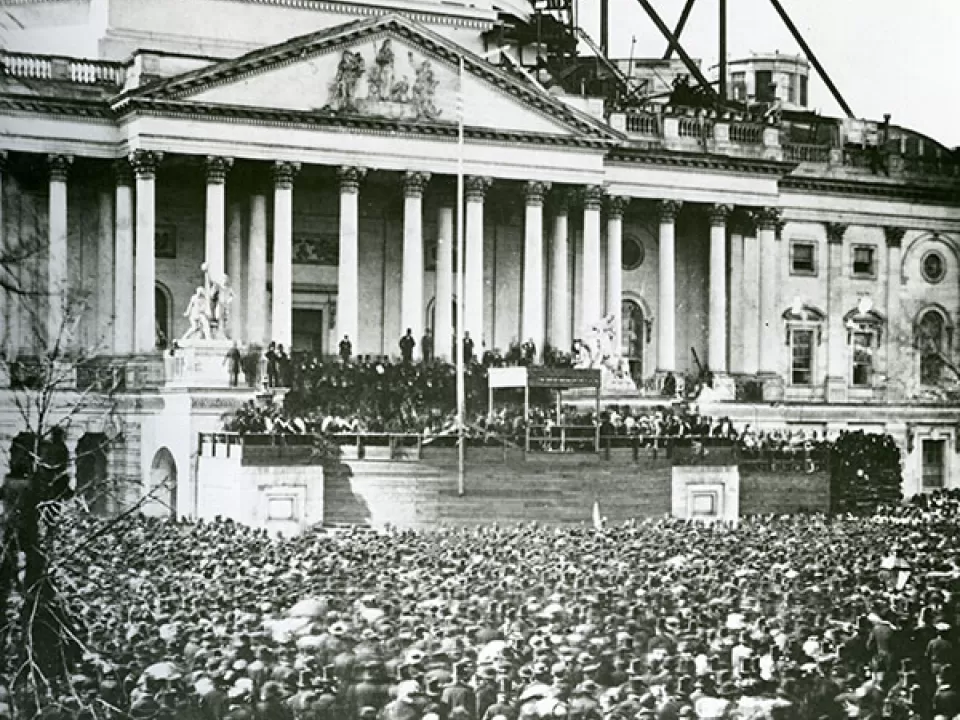
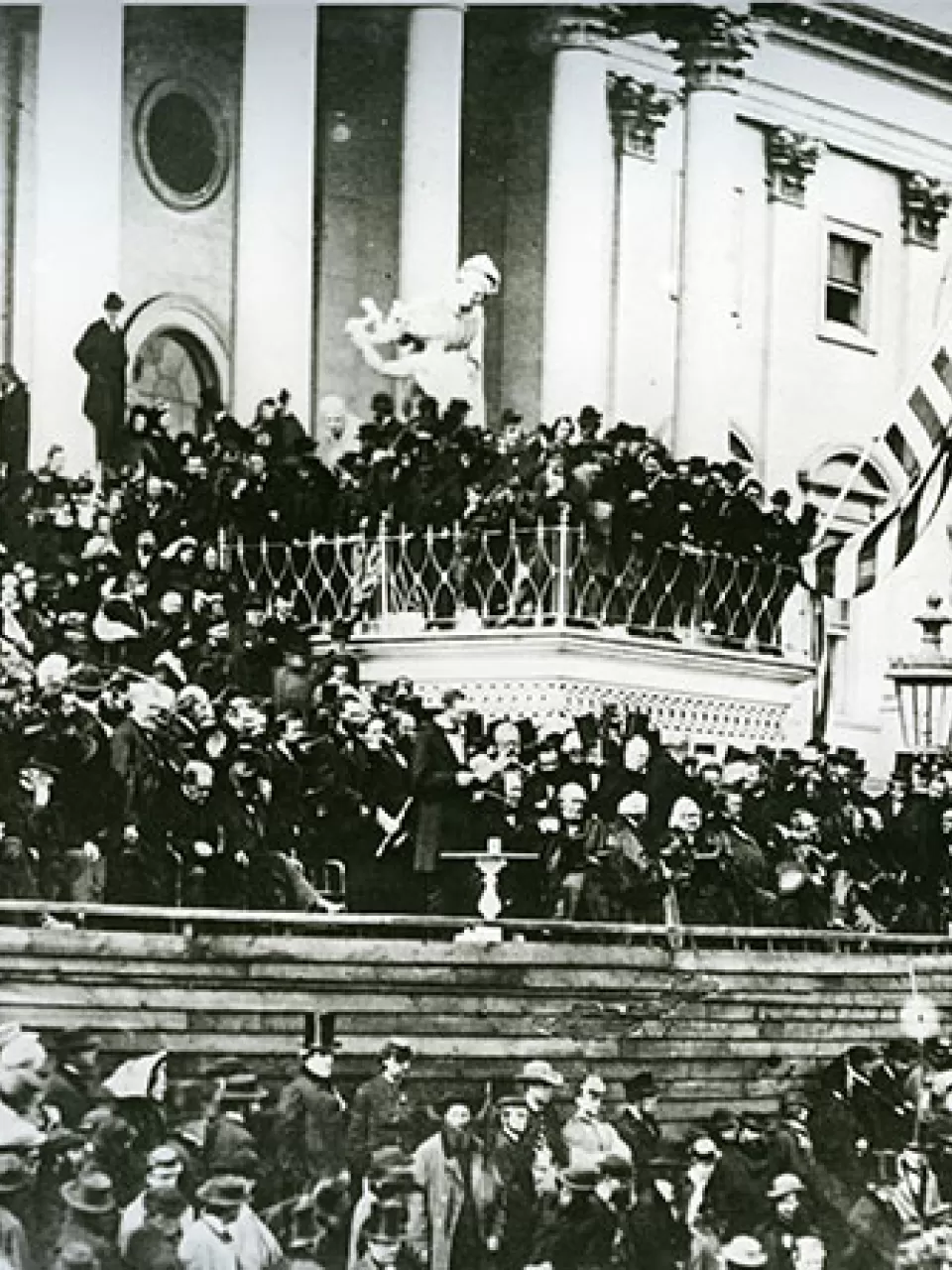
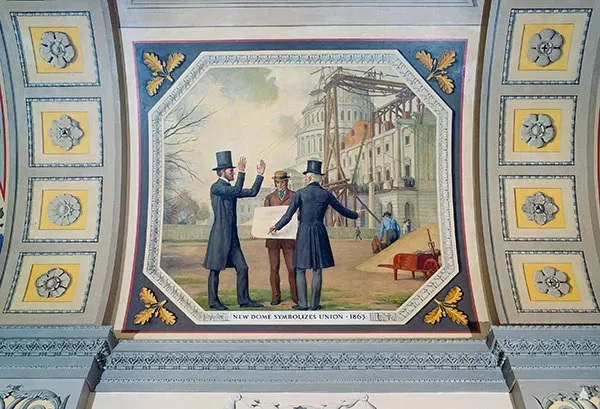
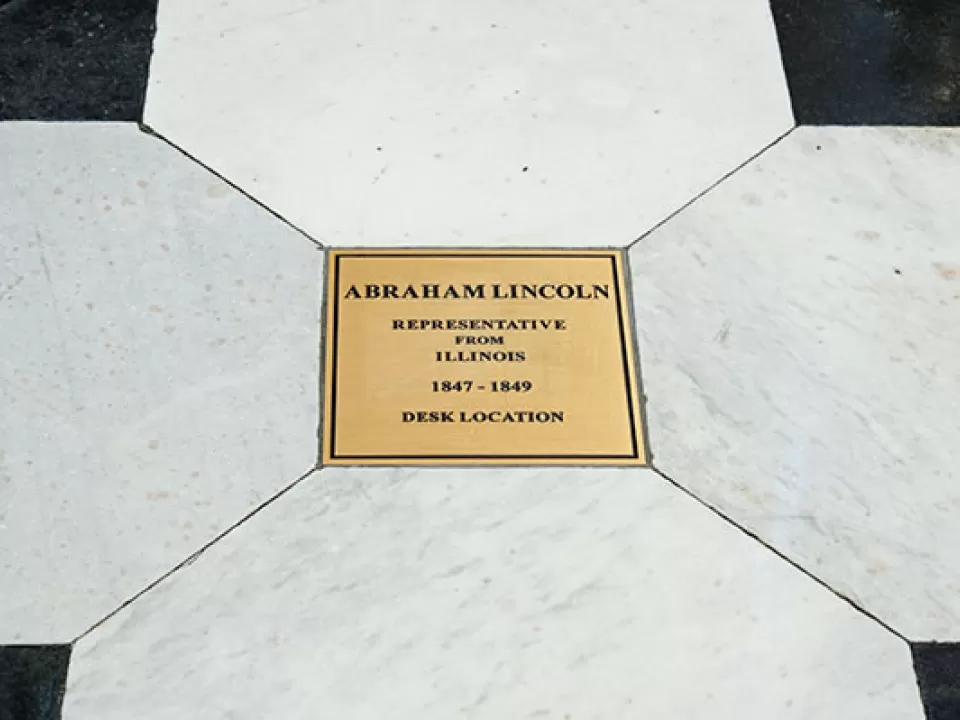
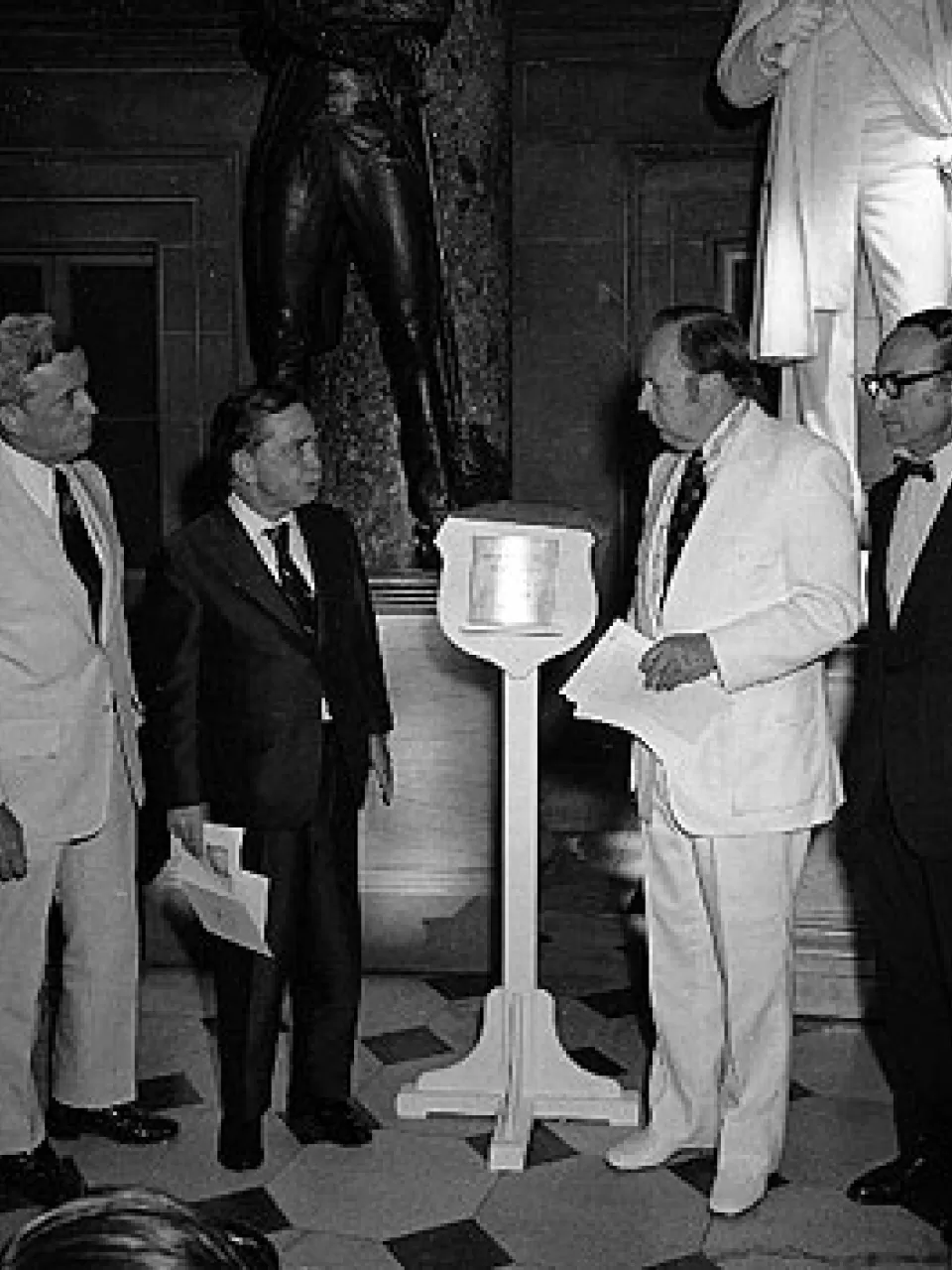
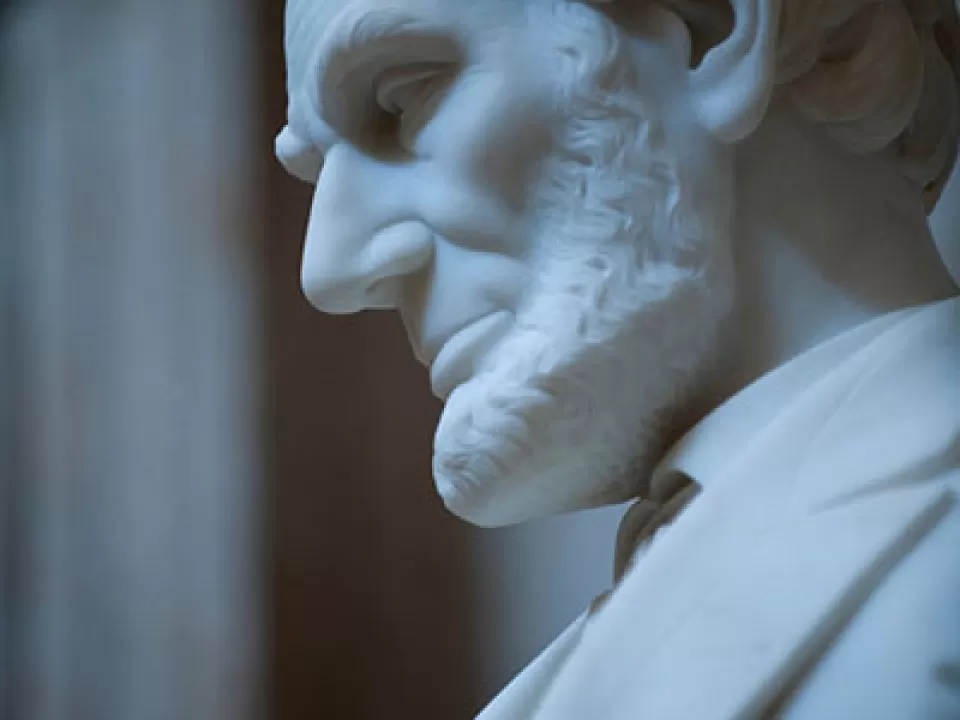
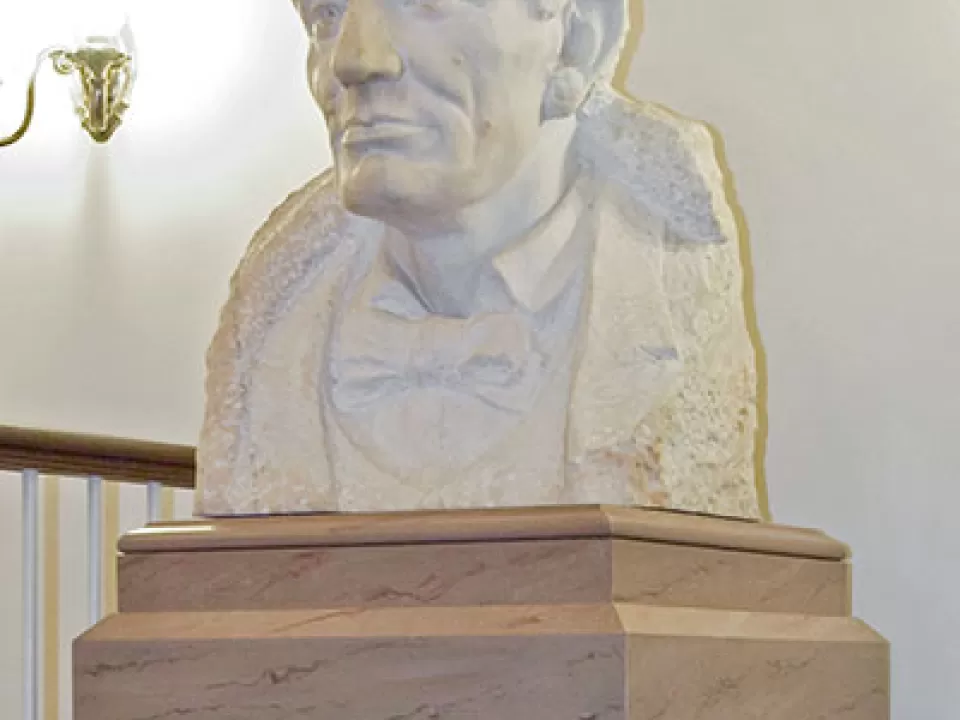
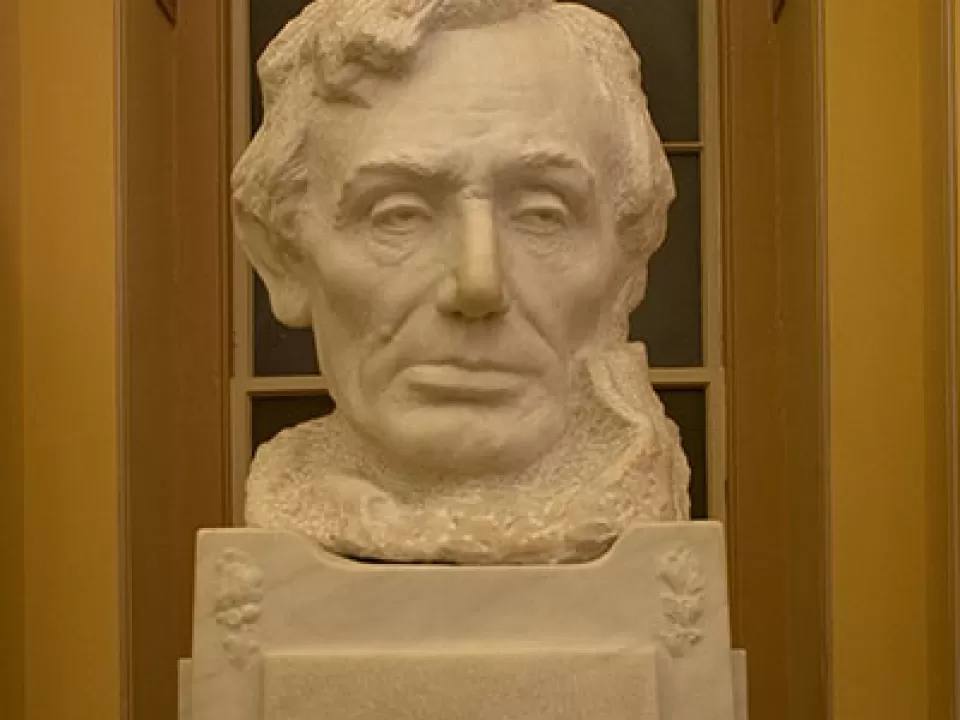
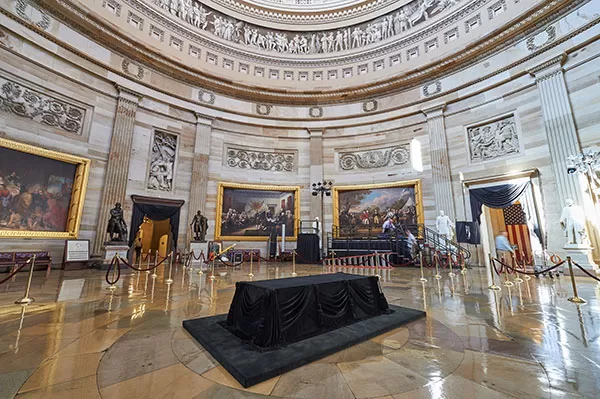
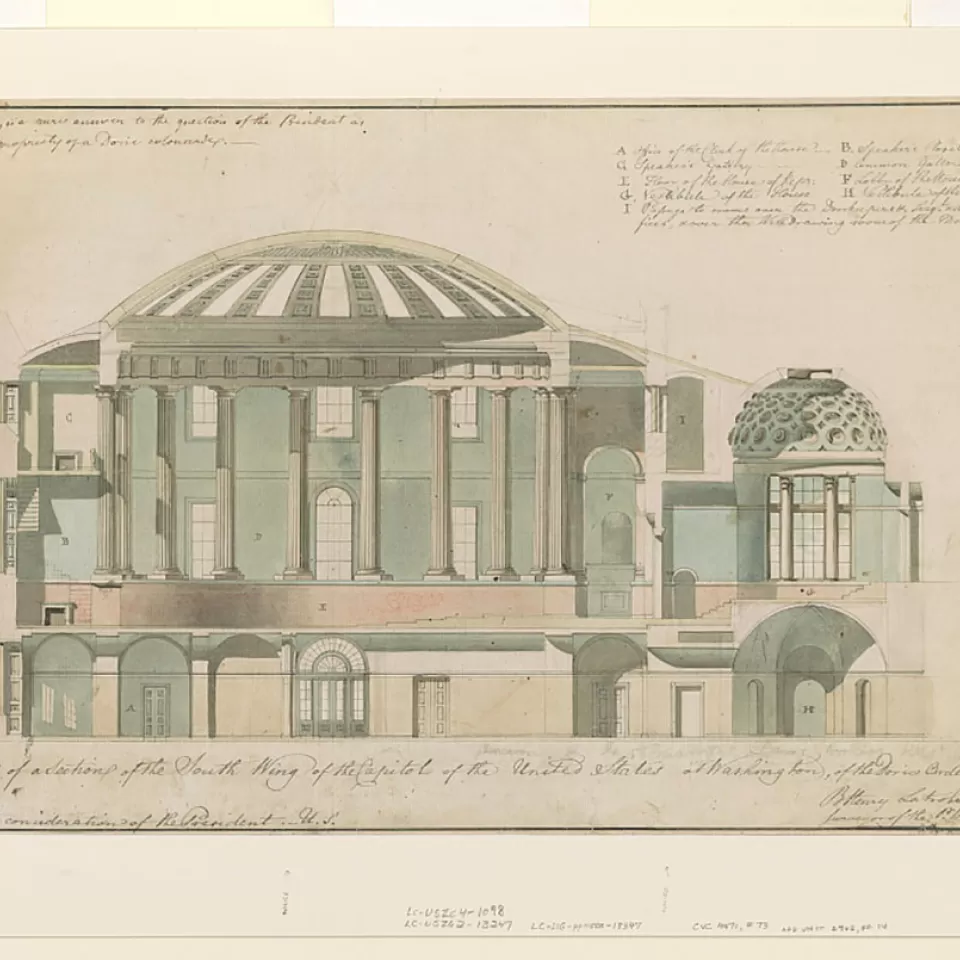
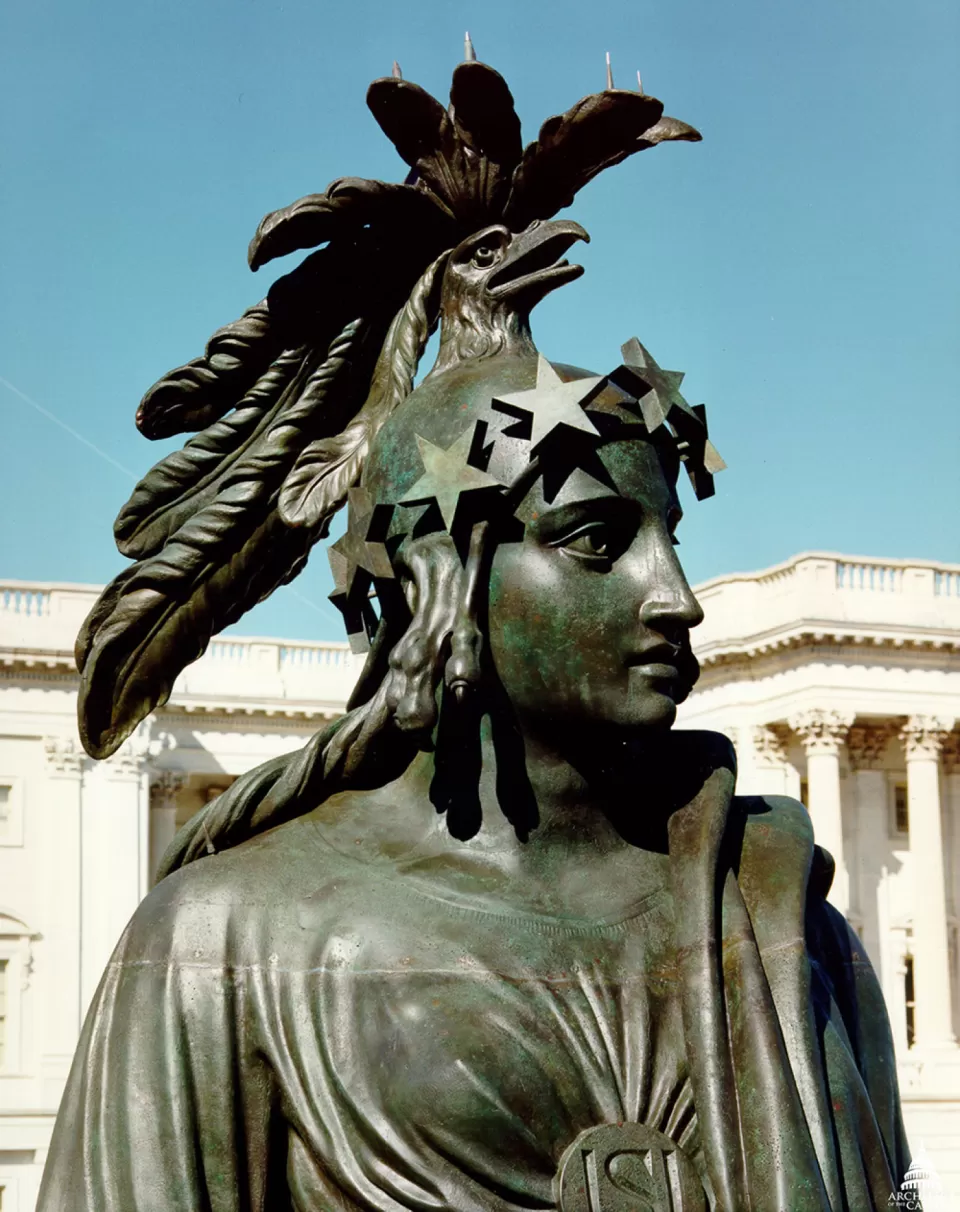
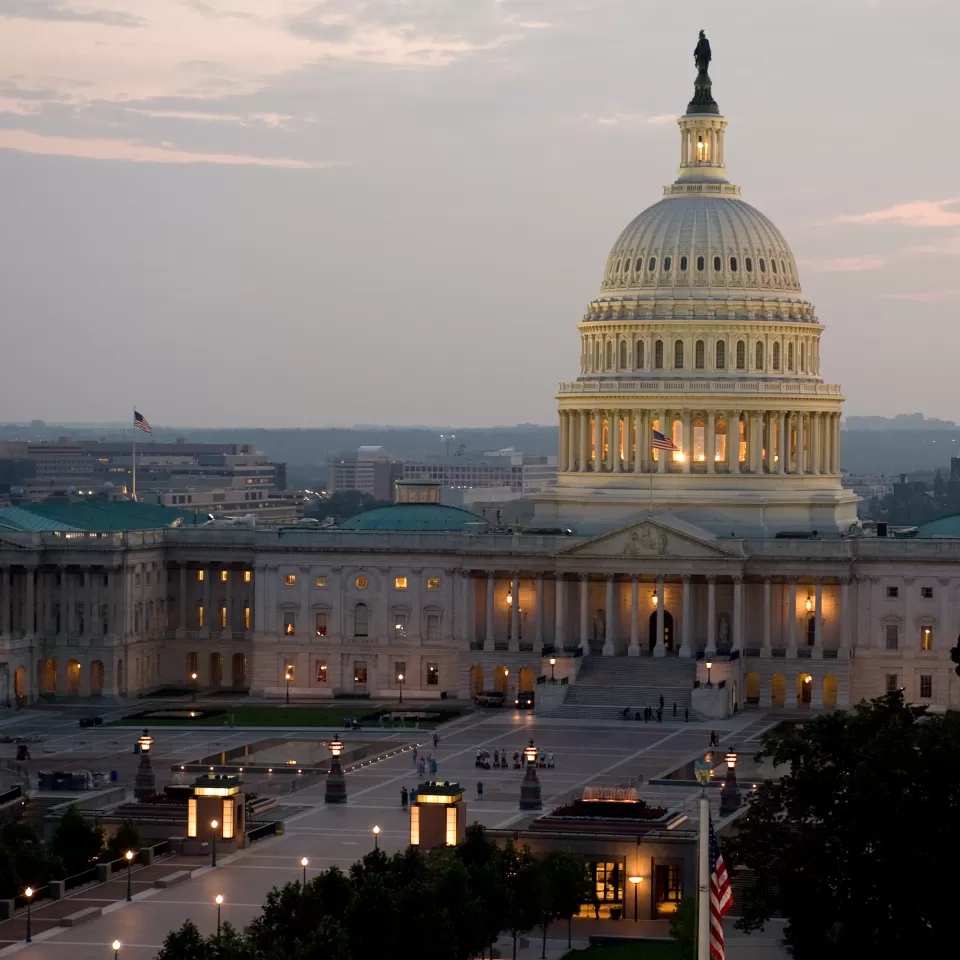
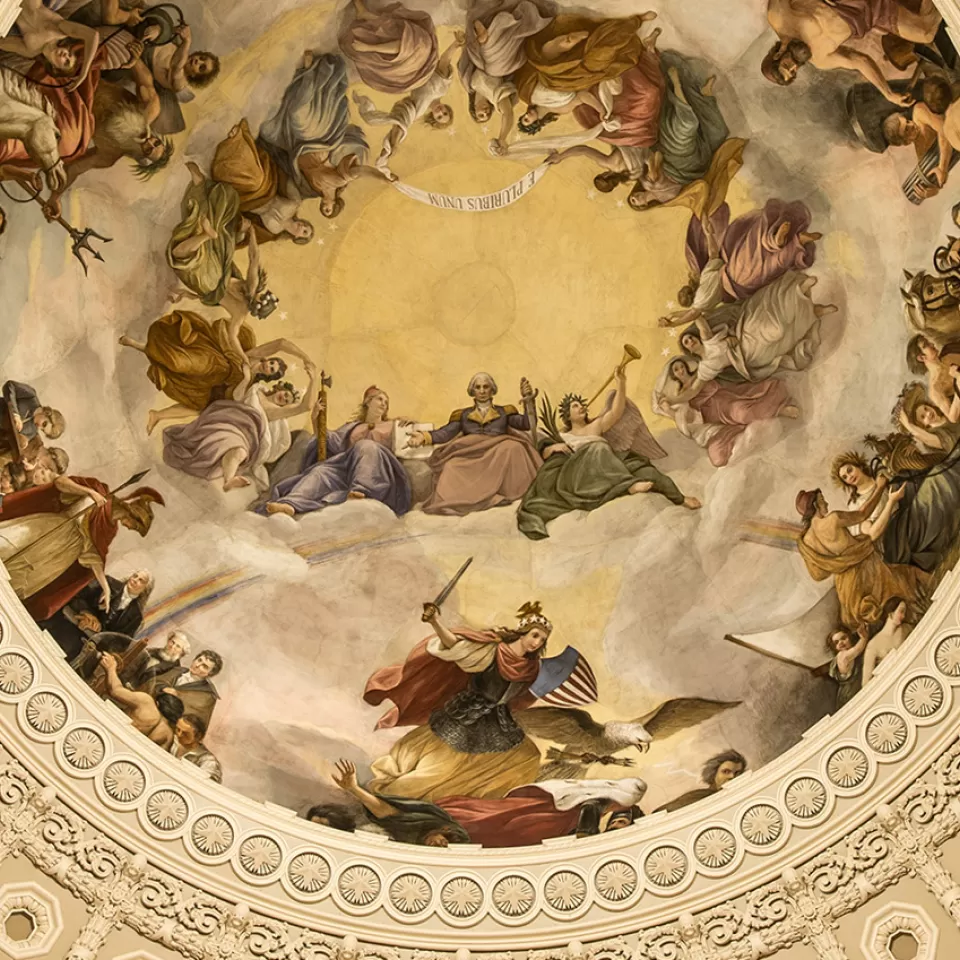
Comments
Don't forget the painting on the staircase right off the Senate Chamber, "First Reading of the Emancipation Proclamation by President Lincoln," by Francis Bicknell. http://www.senate.gov/artandhistory/art/artifact/Painting_33_00005.htm
That's a great painting; good point! Alexander Hay Ritchie's print after it--for which Lincoln was the first subscriber, though he didn't live long enough to receive his print--is clearer and more easily read.
By the way, the artist's full name is Francis Bicknell Carpenter. He wrote a book about his experience of living in the White House and coming into contact with Lincoln. It's entitled "Six Months at the White House" (1866).
Add new comment